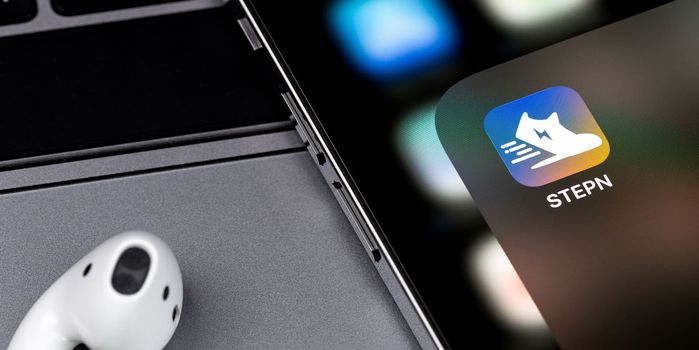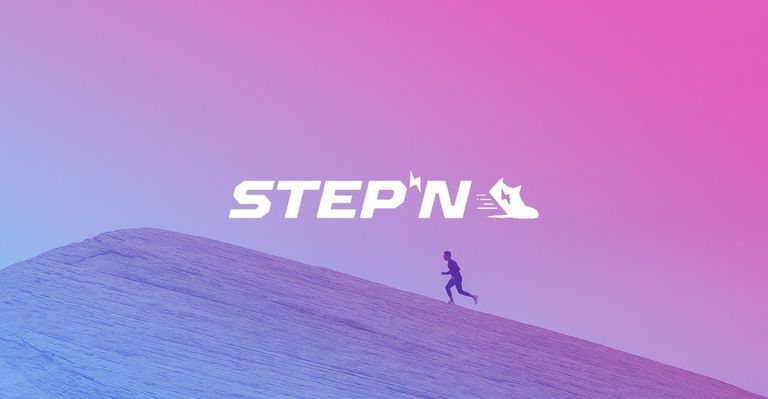The STEP Application has received recognition and appreciation from the global crypto community. In a short time, the token has climbed up the charts in popularity. The economics of the token has a huge role to play in its success. The game economy covers liquidity incentives, burns, staking, buybacks, and locks.
Moreover, the STEP Application has three tokens, FITFI, KCAL, and SNEAKs. At first, the FITFI tokens are used as the governance token of the network, rewarded from the ecosystem fees. The in-game token, KCAL is used to buy SNEAKs. Users can stake these SNEAK tokens to earn KCAL tokens from running. This unique mechanism of the STEP Application has attracted consumers from all over the world.
Game Economy of the STEP Application
The players of the game have two sources of income, Play Income, and NFT Income. These players can make game purchases through credit cards or cryptocurrencies. Moreover, players can compete with others by staking governance tokens. However, they will have to pay a 2.5% fee on the winning pool. In tournaments, the game charges 5% of the total ticket fees. Apart from this, 2.5% fees are also applied to the NFT trades conducted on the STEP Application NFT marketplace.

From half of the play income, FITFI tokens are bought back in the market. However, the network governance can vote on burning up to 50% of these tokens. Also, the network distributes up to 50% of the bought back tokens to the stakers. The stakers of FITFI tokens need 10 days to unstake their coins, or else they have to pay a 12% fee.
Additionally, LP tokens are rewarded a 50% higher weight in staking rewards. By staking, users can unlock avatars and skins. They are also given a relaxation of 0.50% on the royalty fee for staking game tokens. Almost half of the NFT trading fee is also available as a staking reward. Users can mint SNEAK coins through KCAL tokens. These users can stake SNEAK NFTs to earn KCAL as a reward.
The STEP Application has mapped out the token distribution in a unique way. About 30% of the tokens are kept for mining rewards, and 20% for staking, liquidity, and other incentives. In addition to this, 15% of tokens are specified for the team, and another 15% are kept for marketing, acquisitions, and licenses. About 14% of tokens are kept for public sale, and 6% of the tokens will be made available to partners, advisors, and consults. The total number of tokens will be 5 billion.

